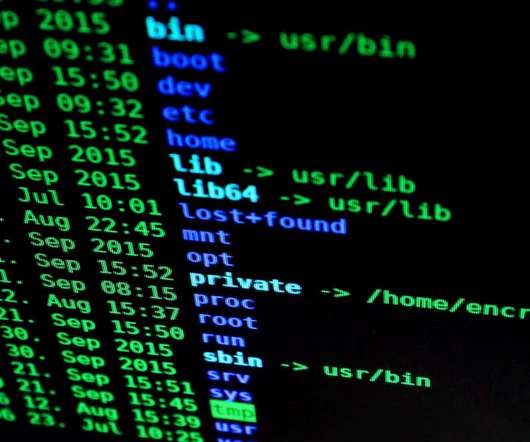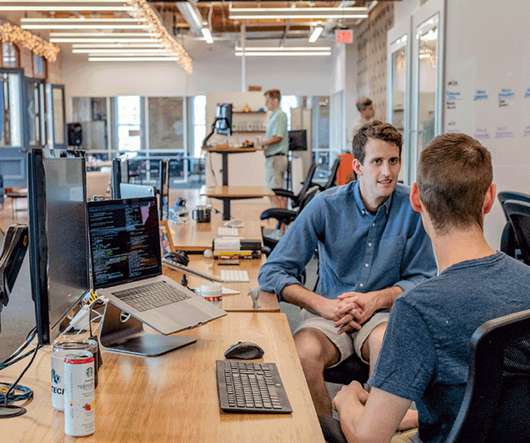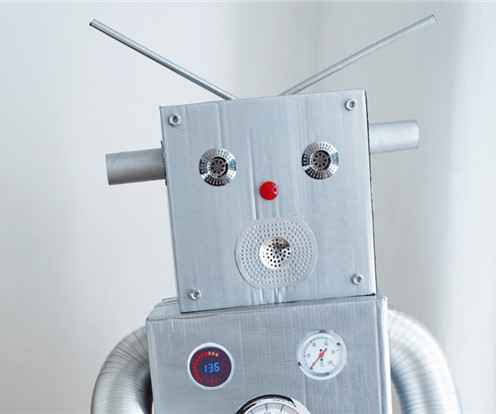How Did Authorities Identify the Alleged Lockbit Boss?
Krebs on Security
MAY 13, 2024
and Australia in sanctioning and charging a Russian man named Dmitry Yuryevich Khoroshev as the leader of the infamous LockBit ransomware group. 2011 said he was a system administrator and C++ coder. “Installing SpyEYE, ZeuS, any DDoS and spam admin panels,” NeroWolfe wrote. “P.S. The code is written in C.”

















Let's personalize your content